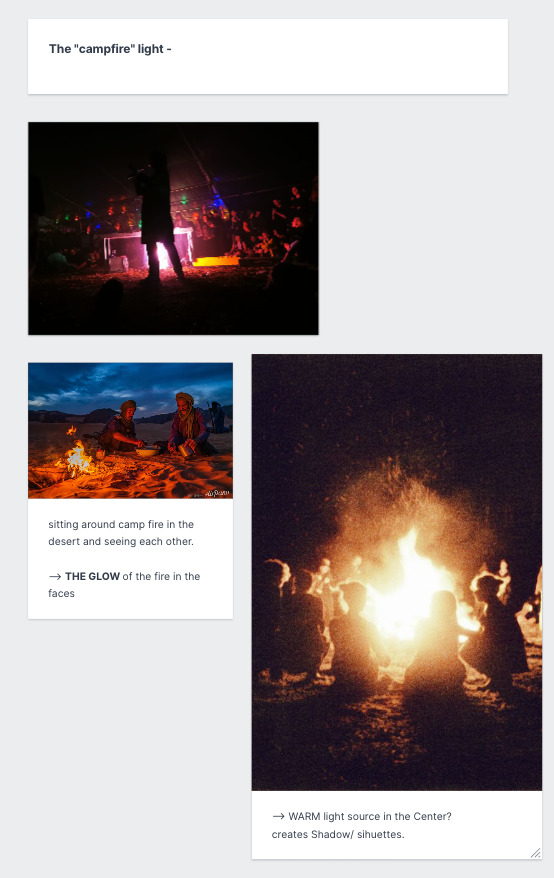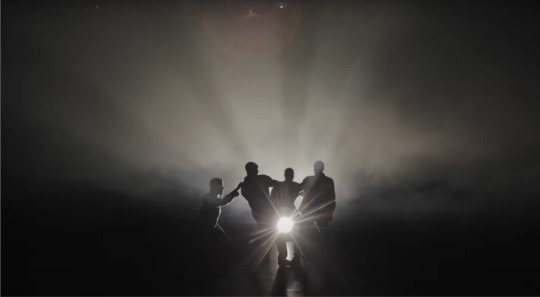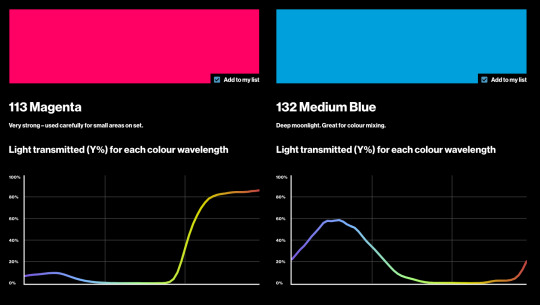Don't wanna be here? Send us removal request.
Text

About
This blog is aimed at choregraphers, dancers, performance artists, technicians, visual artists and any other who are interested in the role and process of lighting design in dance (and likewise). Just to warn you: Im not at all a "master" of lighting design for dance. i just happen to have a passion for light and to create (favorably mystical) moods >> see my art projects on www.simonschwarz.ch . Frankly speaking i havent done many light designs for dance pieces so far (exept the light-dance performance "into the vague" ). Therefore the lighting design process for the dance piece "Crossing" in 2023 was for me to big extend also a process of learning and collaboratively with choreographer abd hadi figuring out ways of communicating , understanding and designing light and moods.
in this blog i want to share my learnings / reflections and outcomes of the lighting process of the dance piece "crossing" and the collaboration with choreographer abd hadi and Studio 8 . on the way you'll also find many ressources on lighting designed that helped me in the processe.
hope the blog serves you.
all the Best, Simon Amman, oct 2023
https://studio8jo.com/
www.simonschwarz.ch


0 notes
Text
Questions to be asked (before starting)
which role is/should light play in the piece?
is light an integral part of the choreography and the stage design? -> integrate light design at a very early stage of the choreographing process (see "into the vague" )
is the choreography already set and lighting is more about putting the dance into scene/the "right light" -> highlighting, accentuating, illuminating the stage and dance
available ressources?
Time?
money?
equipment?
personel? -> Always keep in mind the general conditions in which the light design process is gonna happen. fantasazing is super (go for it!), but it is also helpful to keep in mind what is realisticly feasable already from an early stage of the design process.

In Amman/Jordan for example we had the challenge of having only little and very old light equipment. For certain effects the mood of an old heavy theater fresnel can be amazing. for other stuff the flexibility of modern LED lights can come more handy.
0 notes
Text
"Cinema is a form of modern writing whose ink is light" ( Jean Cocteau)
0 notes
Text
The purpose of lighting design
Illuminating action on stage
One of the most important functions of lighting design is illuminating the action on stage. Lighting is needed so that the audience can see clearly what is happening.
Conveying setting and time of day
Darker blue light is used to show that it is night, contrasted against the warm lighting from ‘indoors’, in this Calderon Theatre performance of West Side Story
Creating mood and atmosphere
Lighting can help to create mood and atmosphere on stage. For example, to create a cold, damp jail cell, a lighting designer might use a cool, blue light with a low intensity.
Focusing the audience’s attention
Lighting design is particularly effective in focusing the audience’s attention. By lighting different areas of the stage, a lighting designer is able to guide the audience’s eye.
Influencing pace
Lighting can also be used to influence the pace of a piece of theatre. Lots of quick lighting cues can provide an exciting, dynamic energy to a performance, while slow fades can create a more calming effect.
Communicating themes or symbols
In some productions, lighting can be used to communicate themes or provide a symbolic dimension to a performance. For example, the colour red might be used to represent love or romance.
Supporting the style of the production
Lighting can support the style of a production. Plays in a naturalistic style often use lighting to create the illusion of real life, while non-naturalistic performances often use more theatrical lighting effects.
gathered from https://www.bbc.co.uk/bitesize/guides/zhg7kmn/revision/1

I would add:
-> adding depth
-> Creating the space
-> Allow for immersion and create illusions (let dissapear the black box).
0 notes
Text
Grouping the different mood pictures to scenes and signature moods.

0 notes
Text

Signature Mood 1: The campfire. Standing for the mystical mood and the fire often used in rites of passage decisions: -> AMBER LIGHT -> CENTER LIGHT the challenge was to find a light that glows from the inside towards the outside. We first thought of a glowing stick. for pragmatic reasons we switched to a centrally placed amber toplight. )
0 notes
Text



Signature Mood 2: (Moving) Shadows Inspired by the shadows of a sundial, standing for time passing.
0 notes
Text

Signature Mood 3: Backlight Backlight with Haze used to create an athmosphere of the dancers beeing lost in space... (dissolving of stage & space, silhuettes > distant and unpersonal)
0 notes
Text




Inspiration: Islamic Patterns and Orbits. -> Shadow pattern on the white circular dance floor
0 notes
Text
COLOURS Define the colour palette The Lighting filters comparison tool on the leefilters website is quite useful to search for specific (gel/filter) colours and compile a cpolour palette of the colours you want to use in the piece.
https://leefilters.com/lighting/filter-comparison-tool/



0 notes
Text

Mapping the "areas of action" where will the dancers move throughout the piece? where is light needed ? what are the main movement patterns and directions of movement?
0 notes
Text

Sketching light setups
Mapping the movements of the dancers for every scene and defining lighting directionas.
0 notes
Text




Scouting the Location Organising stage- and rig plan. Request equipment list of the venue. What kind of lighting and fixtures are available on site? which lighting control console are they using? are they working with LED or conventional lights? How is the rigging set up? which rigging bar can be used? which colour gels/filters do they have? is a hazer available?
will local technicians be there to support the setting up? -> Define exact days can the imagined moods and lighting be realised with the available fixtures? Or are additional fixtures/lights needed? -> rent/buy addtional equipment
0 notes
Text

VISUALISATION Setting up a stage model e.g with Capture Lighting software. www.capture.se
0 notes
Text

Testing the different light settings virtually in capture ( 3D lighting visualisation software)
0 notes



